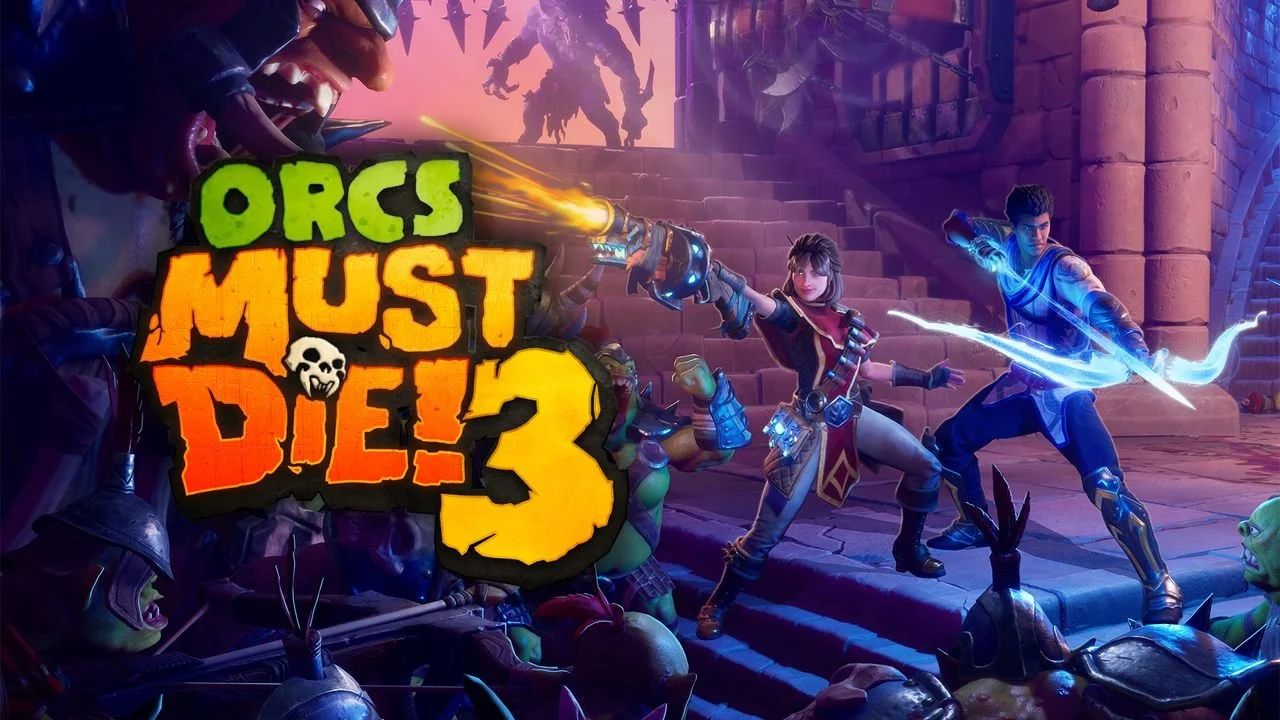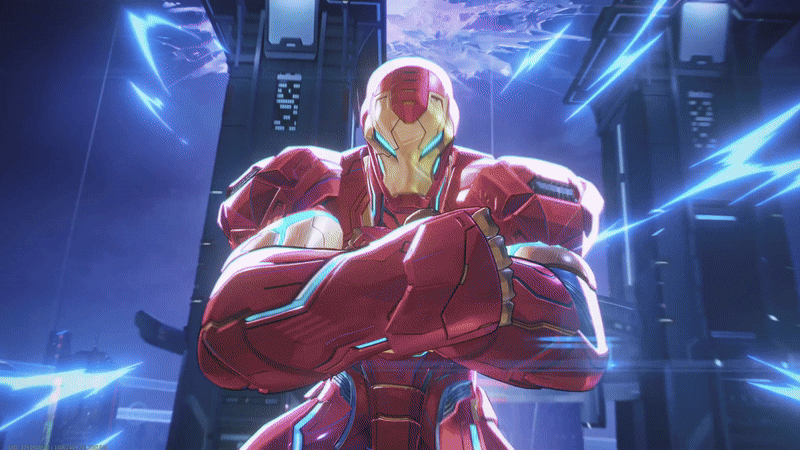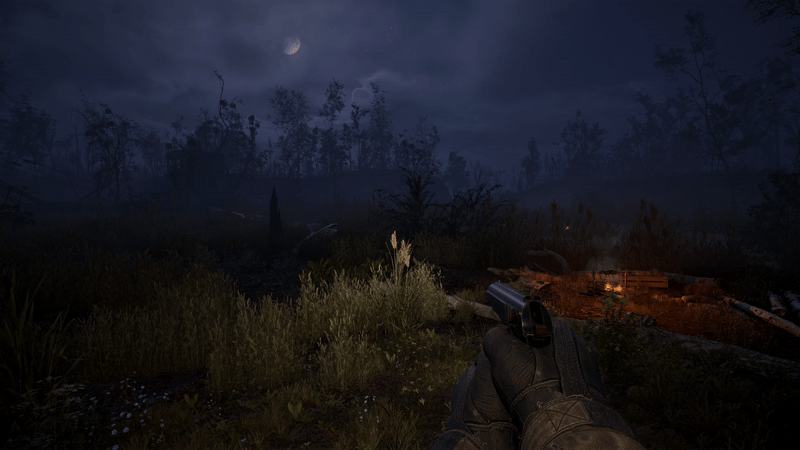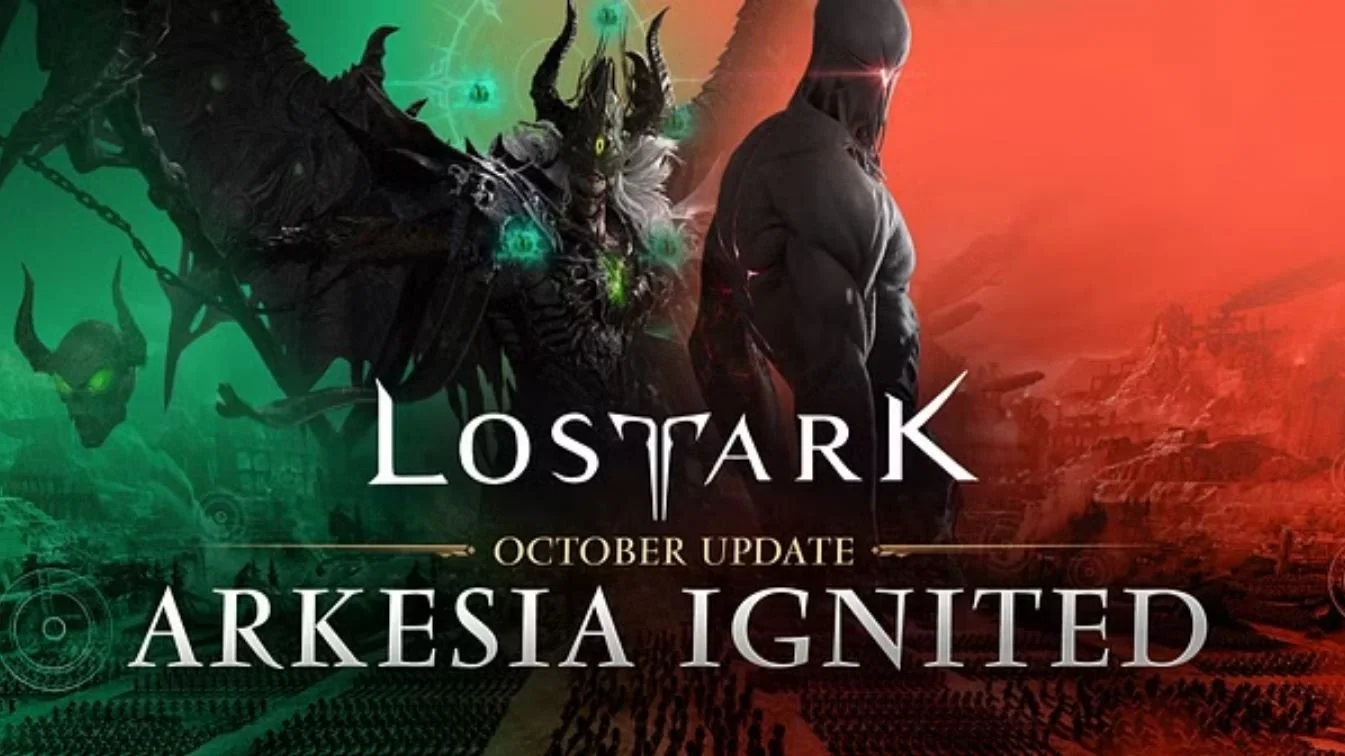Every experienced Magic the Gathering player knows the combat triangle of decks: combo beats aggro, aggro beats control, control beats combo, and midrange is the crazy uncle that everyone tolerates but knows he doesn’t really fit in anywhere. While perusing the Internet (dangerous, I know) I came across a comment on Reddit that threw this rock-paper-scissors for a loop. User KernTheGerm put forth a novel idea that a deck’s archetype is decided on three axes: threats vs answers, tempo vs inevitability, and redundant vs essential.
Threats vs answers are how you win. Every deck needs a game plan, but does yours want things that win or that stop others from winning? Goblin Guide is a threat; Path to Exile is an answer. There are cards that are both threats and answers (such as Teferi, Hero of Dominaria or Sandwurm Convergence), but KernTheGerm gave us this nugget of wisdom: there are no wrong threats, only wrong answers. Negate does nothing against Goblin Guide but easily counters Lightning Bolt. Determining your deck’s stance on this axis is not simply a numbers game—do I play more of one than the other? —but it is a good indicator.
Tempo vs inevitability is a matter of how your deck plays. Tempo is constantly pushing your win condition and relies heavily on mana efficiency as you want to do something on every turn. Inevitability means that you spend a large portion of time setting up your win. This axis can confuse people because pushing your win and mana efficiency are used in every deck, and every deck will eventually win if given the time, but a good question to ask is “Do I spend more time trying to win, or setting up my win?” This will tell you where you stand.
The third axis, redundant vs essential, is about what you need to win. The question here is “Can I find another piece to fill this role?” Yes means it’s redundant; no means it’s essential. A Karn lock has essential roles, despite having multiple cards that do the same thing. “I need something that makes the board into artifacts and something that locks out artifacts.” It doesn’t matter if it’s Karn or Stony Silence or Collector Ouphe; they all fill the same role. Building redundancy into an essential-based deck is a good way to help prevent total lockouts, but it often weakens the deck by chewing up card slots. On the other hand, Burn simply needs threats. They could be Goblin Guide, or Monastery Swiftspear, or Lightning Bolt, or whatever, it just needs seven 3- damage spells to win.
These three axes mean that there are eight deck archetypes: aggro, combo, control and midrange, of course, but also gimmick, prison, aggro-control, and meta. I do not have the room to give each archetype a proper breakdown, so be on watch for part 2 next week. Truthfully, each one deserves its own article, but I’ll be mashing a few of them together next week. I certainly look forward to breaking them down. Have a good whatever!
























